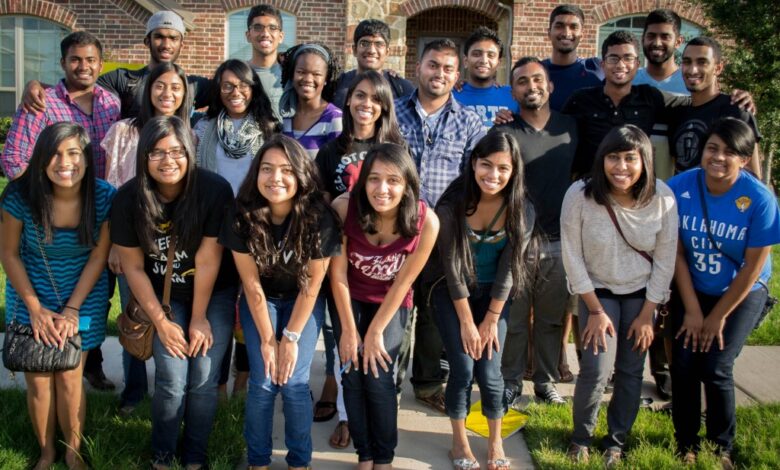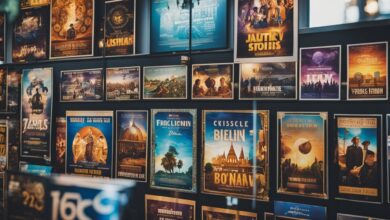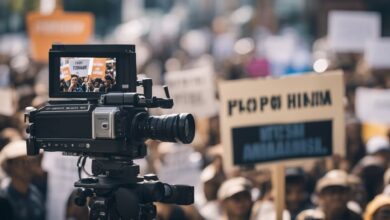Empowering South Asian Voices: Bridging the Media Diversity Gap

With over 5.4 million South Asians residing in the United States, this vibrant and rapidly growing community now surpasses the population of 25 U.S. states, including Utah and Oregon. Despite the size and diversity of this group—which includes people from Bangladesh, Bhutan, India, the Maldives, Nepal, Pakistan, and Sri Lanka—their representation in American newsrooms remains limited. The lack of South Asian journalists constrains how their stories and perspectives are depicted in American media, often leading to stereotypes or misrepresentations that fail to reflect their varied contributions and identities.
The South Asian diaspora in the U.S. is far from monolithic. Members of this community differ not only in national origin but also in religion, language, and culture. South Asians practice a wide range of religions, including Buddhism, Christianity, Hinduism, Islam, Jainism, Judaism, Sikhism, and Zoroastrianism. Yet, while their roots and experiences are diverse, the dominant narratives about them in the media remain narrow. The repeated portrayal of South Asians through a stereotyped lens oversimplifies the nuanced realities of a community that contributes richly to American society.
For instance, in a Chicago neighborhood, a Navratri celebration often draws South Asians of all faiths and backgrounds. While the festival is rooted in Hindu tradition, attendees include a Muslim family enjoying the cultural dances, a Christian couple reminiscing about their visits to India, and a Sikh entrepreneur supporting local artists. This moment encapsulates the intricate tapestry of identities within the South Asian community, defying the oversimplifications often seen in mainstream portrayals.
Although Asian Americans represent one of the most diverse racial groups in the country, television and film have often relegated South Asian characters to stereotypical roles. A significant disparity exists between the portrayals of South Asian men and women on screen; while South Asian men have seen increased screen time, aligning with their share of the U.S. population (2.3%), South Asian women have not been granted the same visibility. Their presence on screen lags at just 0.3%, a fraction of what it should be. This limited representation underscores a broader issue: a celebrated cultural community risks being diminished to generalized depictions that do little to capture its full scope.
Compounding these challenges, South Asians are often grouped under the “model minority” myth—a stereotype that perpetuates a narrow view of academic and professional success as the only paths for Asian Americans. South Asians are often stereotyped as being naturally inclined toward STEM fields, particularly medicine, engineering, and technology. South Asian students pursuing arts, sports, or entrepreneurship often face resistance from community norms and societal expectations. Mostly it leads to mental health struggles. In professional fields, the model minority myth hides barriers to leadership and dismisses those who don’t fit the stereotype, limiting the community’s diverse aspirations and talents.
While some members of the community do prioritize educational achievements, this view dismisses the strengths of those who excel in the arts, sports, or public service, leading to feelings of inadequacy or alienation for those who do not conform to this stereotype. This limited portrayal, especially when repeated in media, can stifle individual expression and perpetuate the misconception that all South Asians share a single identity.
Source link



